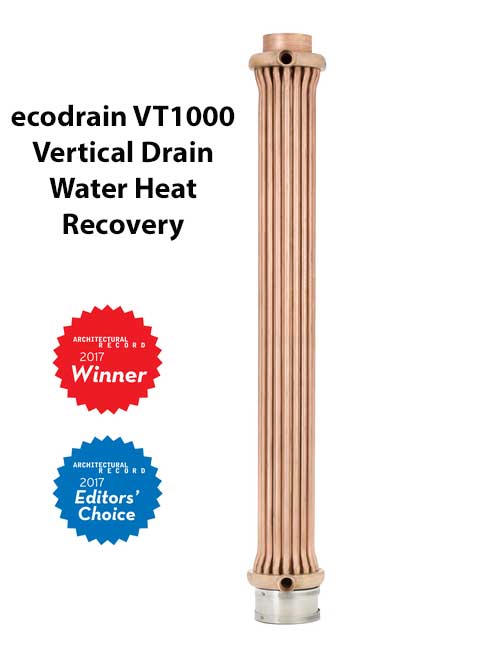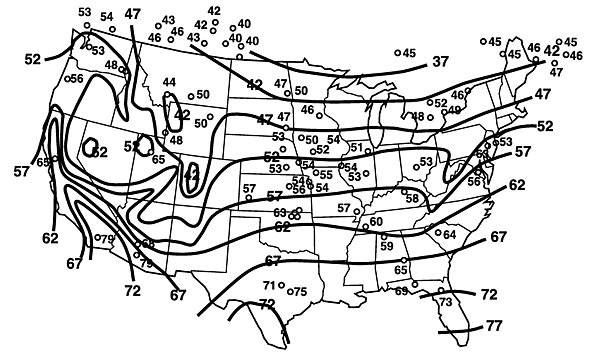Joshua Miller
New Member
So we bought our house 4 years ago with a poor design in the basement apartment we rent out.
2 loops of 1/2" feed 400sq ft of in floor in the main part and 2 4ft baseboards in 2 seperate rooms. All one zone.
(2 vents from our furnace help out the situation)950 sq ft total.
North wall is exposed to outside. All walls have 1.5" foam board and drywall.
It has an old rebuilt NG navien that was open loop feeding the heating side and domestic hot water. Set at 120
I have separated the heating with a heat exchanger knowing that soon I will need to replace.
I need some options. We need a decent amount of hot water with the renters(2 people) plus our family of 5
1.Small mod con boiler like a HTP UFT-80W plus an inderect tank for domestic.
2.I have considered a 75 gal power vent with taps for a heating loop I would hook up to existing setup (this would be cheapest and easiest to replace)
3. Small electric boiler plus a tankless for domestic. Not thrilled with electric since I have gas available.
Any other suggestions or advice for such a small load?
Thanks
2 loops of 1/2" feed 400sq ft of in floor in the main part and 2 4ft baseboards in 2 seperate rooms. All one zone.
(2 vents from our furnace help out the situation)950 sq ft total.
North wall is exposed to outside. All walls have 1.5" foam board and drywall.
It has an old rebuilt NG navien that was open loop feeding the heating side and domestic hot water. Set at 120
I have separated the heating with a heat exchanger knowing that soon I will need to replace.
I need some options. We need a decent amount of hot water with the renters(2 people) plus our family of 5
1.Small mod con boiler like a HTP UFT-80W plus an inderect tank for domestic.
2.I have considered a 75 gal power vent with taps for a heating loop I would hook up to existing setup (this would be cheapest and easiest to replace)
3. Small electric boiler plus a tankless for domestic. Not thrilled with electric since I have gas available.
Any other suggestions or advice for such a small load?
Thanks



